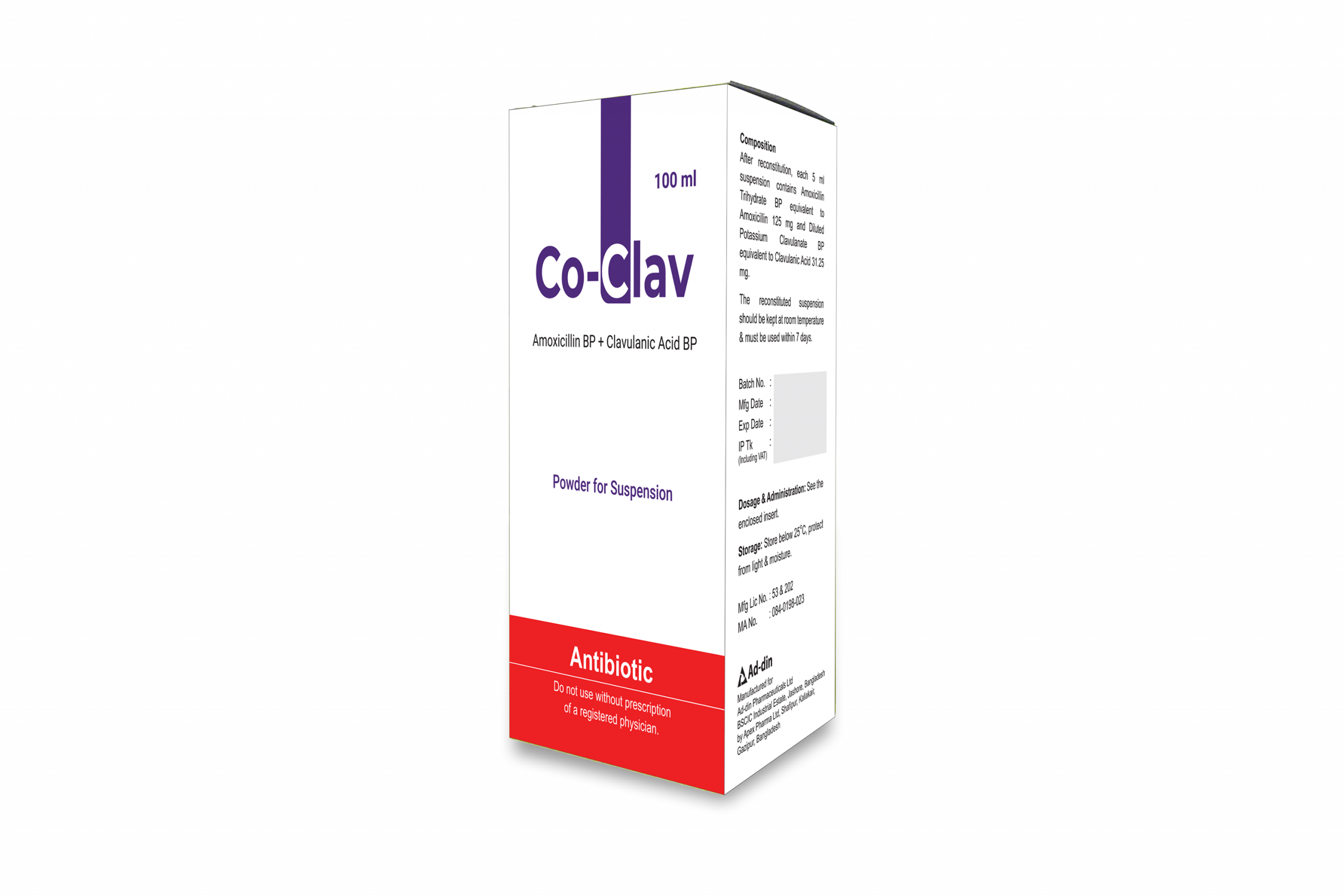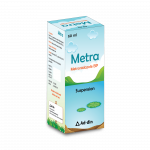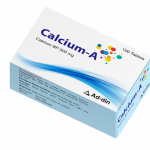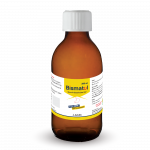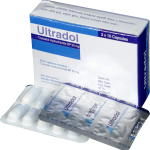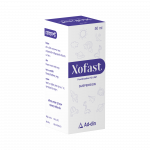Composition
After reconstitution, each 5 ml suspension contains Amoxicillin Trihydrate BP equivalent to Amoxicillin 125 mg and Diluted Potassium Clavulanate BP equivalent to Clavulanic acid 31.25 mg.
Pharmacology
Co-Clav is an antibacterial combination consisting of the antibiotic amoxicillin and the beta-lactamase inhibitor clavulanic acid. Amoxicillin has a broad-spectrum of bactericidal activity against many gram-positive & gram-negative microorganisms but it is susceptible to degradation by beta-lactamases and therefore the spectrum of activity does not include microorganisms, which produce these enzymes. Clavulanic acid possesses the ability to inactivate a wide range of beta-lactamase enzymes commonly found in microorganisms resistant to penicillins and cephalosporins. Thus Clavulanic acid in Co-Clav protects Amoxicillin from degradation by beta-lactamase enzymes and effectively extends the antibiotic spectrum to embrace a wide range of microorganisms.
Indication
Co-Clav is indicated for short-term treatment of bacterial infections at the following sites:
- Upper Respiratory Tract Infections (including ENT) e.g. tonsillitis, sinusitis, otitis media.
- Lower Respiratory Tract Infections e.g. acute and chronic bronchitis, lobar and bronchopneumonia.
- Genito-urinary Tract Infections e.g. cystitis, urethritis, pyelonephritis.
- Skin and Soft Tissue Infections.
- Bone and Joint Infections e.g. osteomyelitis.
- Other Infections e.g. septic abortion, puerperal sepsis, intra-abdominal sepsis, etc.
Dosage & Administration
Children 0-3 months: 30 mg/kg eight hourly (every 12 hours in the perinatal period and in premature infants).
Children 3 months-12 months: Usually 30 mg/kg eight hourly. In more serious infections, increase frequency to six-hourly intervals.
Treatment should not be extended beyond 14 days without review.
Children 1-6 years: 1 tea spoonful every 8 hours.
Children 6-12 years: 2 tea spoonful every 8 hours.
To prepare 100 ml suspension
First shake the bottle to loosen the powder, then add 12 teaspoonful or 60 ml (with supplied measuring cup) boiled and cooled water into the bottle and shake well to make 100 ml suspension.
Contraindication
History of Penicillin hypersensitivity. Attention should be paid to possible cross sensitivity with other beta-lactam antibiotics e.g. cephalosporins. Also contraindicated for patients with previous history of amoxcilin or penicillin associated cholestatic jaundice.
Precaution
Co-amoxiclav should be used with care in patients on anti-coagulation therapy or with severe hepatic dysfunction. In patients with moderate or severe renal impairment, dosage should be adjusted. During the administration of high dose of co-amoxiclav adequate fluid intake and urinary output should be maintained to minimize the possibility of crystalluria.
Side-effects
Side-effects as with amoxicillin are uncommon and mainly of a mild and transitory nature. Diarrhoea, pseudomembranous colitis, indigestion, nausea, vomiting and candidiasis have been reported. If gastrointestinal side-effects occur with oral therapy, that may be reduced by taking co-amoxiclav at the start of meals. Hepatitis and cholestatic jaundice have been reported rarely but are usually reversible. Urticarial and erythematous rashes sometimes occur. In common with other beta-lactam antibiotics angioedema and anaphylaxis have been reported.
Use in Pregnancy & Lactation
Animal studies with orally and parenterally administered Co-Clav have shown no teratogenic effect. The drug has been used orally in human pregnancy in a limited number of cases with no untoward effect; however use of co-amoxiclav in pregnancy is not recommended unless considered essential by the physician. During lactation, trace quantities of amoxicillin can be detected in breast milk.
Drug Interaction
Prolongation of bleeding time and prothrombin time have been reported in some patients receiving Co-Clav. In common with other broad-spectrum antibiotics, co-amoxiclav may reduce the efficacy of oral contraceptives and patient should be warned accordingly.
Concomitant use of allopurinol during treatment with amoxicillin can increase the likelihood of allergic skin reactions. There are no data on the concomitant use of Co-Clav and allopurinol.
Overdose
Problems of overdose with co-amoxiclav are unlikely to occur, if encountered gastrointestinal symptoms and disturbance of the fluid and electrolyte balances may be evident. co-amoxiclav may be removed from the circulation by haemodialysis.
Storage
Co-Clav Suspension Should be stored below 25°C. Protect from light and moisture. After reconstituted the suspension should be kept the cap tightly closed in dry and cool place and preferably in refrigerator (but not frozen) and should be used within 7 days.
Packaging
Co-Clav Suspension: Each box contains an amber glass bottle containing dry powder to reconstitute 100 ml suspension with measuring cup and dropper.

